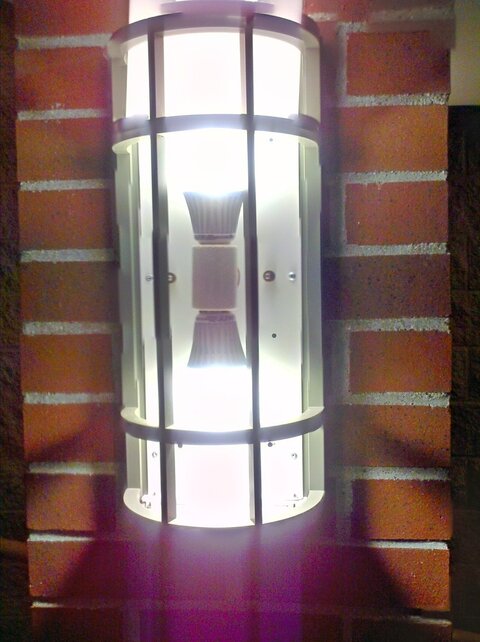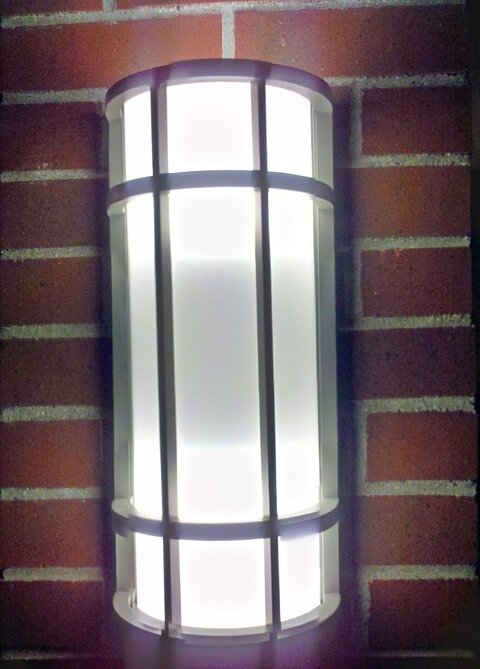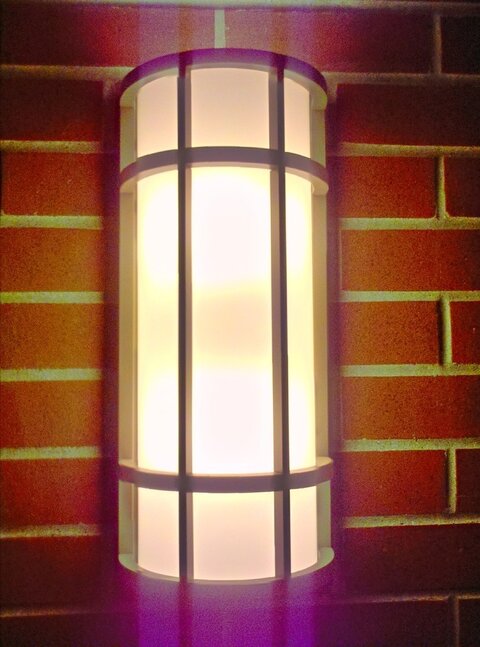A thanks for the replies.
The application is to replace existing 40w (34w) A19's, of which our
orchestra section alone has about 400 lamps, in 5 rows (think Radio
City Music
Hall type curved ceiling), with the existing fixtures being
recessed coves of strips with medium screw based sockets. The
cove
design has the lamps hidden from audience view, excepting the front 5
rows or so. The coves are designed with curved aluminum reflectors,
so in theory, the lamp can shine into the
reflector and then light the
white ceiling. There is then a lot of recessed fixtures with 150w
Halogena lamps that provide the lighting at floor
level (as well as
the reflected ceiling light).
The dimmers are
ETC Sensor 6kw's (3) feeding an existing branch
circuit panel (the A, B and C buss-bars), with 15amp branch
circuit
breakers. I have been in touch with
ETC tech services about the use
of these dimmers with
LED's.
The plan is to buy 10 lamps ($25 ea.) and install into a test
jig to
test the dimming curve. One comment from
ETC was keeping as little as
one 40-60
watt incandescent lamp on the
circuit (
dimmer) can help the
curve and response.(ye olde phantom of the load trick).
Then we can install into the coves to test coverage. Then we can deal
with either tricking the existing dimmers into liking the
LED's,
moving upwards to changing to a 20a
dimmer (the load would be approx.
1700 watts per
dimmer), as well as adjusting the
dimmer response and
curve in the
CEM+ software.
The lamps I linked to are supposed to dim to 5%, which may be adequate
for our use with the caveat that the recessed
cove provides some
forgiveness in terms of how ugly the lamp looks or spreads.
To that end we are testing 60w lamp equivalents (13.5 w actual) so as
to possibly lamp alternating sockets, which essentially halves the
initial
purchase.
We currently do about 3-4 lamp changes per year (not every lamp every
time),paying $.55 per
bulb, with about $1000 in crew costs per change,
so in theory, the payback comes in 3 - 4 years or so. We do not pay
the
electric bill, so not cost savings there.





